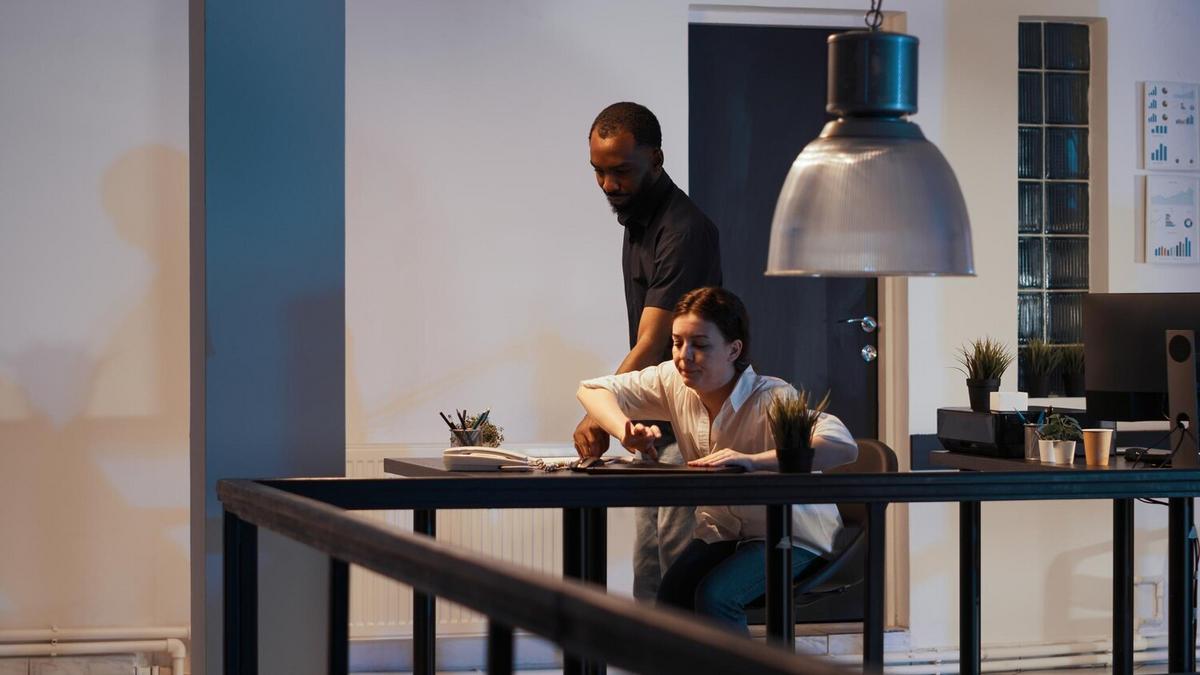
Avoid These Common Interior Design Blunders
Whether you’re redesigning your living space or moving into a new home, interior design can be a thrilling yet daunting task. However, even the most enthusiastic DIY enthusiasts can fall prey to common interior design blunders. From poor lighting choices to neglecting scale and proportion, these mistakes can compromise the aesthetics and functionality of your space. In this blog post, we will explore some of the most frequent interior design errors and offer practical advice to help you avoid them.
1. Ignoring Lighting
Lighting is one of the most crucial aspects of interior design. Poor lighting can make your space feel unwelcoming and impractical. According to interior design experts, a layered lighting approach that includes ambient, task, and accent lighting can transform a room dramatically.
“Lighting is a powerful tool in a person’s ability to perceive the world. It becomes a primary factor in how one experiences a space.” — Benjamin Noriega-Ortiz
Actionable Tips:
- Use dimmable lights to adjust the ambiance.
- Incorporate natural light wherever possible.
- Choose the right types of bulbs for different tasks.
2. Skipping the Planning Phase
Jumping straight into buying furniture and decor without a solid plan is a recipe for disaster. A well-thought-out design plan ensures that all elements in the room work harmoniously.
Expert Opinion:
“Good design begins with honesty, asks tough questions, comes from collaboration and from trusting your intuition.” — Freeman Thomas
Actionable Tips:
- Measure your space before purchasing furniture.
- Create a mood board to visualize your design ideas.
- Consider the flow of the room and how people will move through it.
3. Neglecting Scale and Proportion
Choosing furniture that is too large or too small for the room can throw off the balance and harmony of the space. Scale and proportion are fundamental principles of interior design.
Pro Tip:
Always measure your room and furniture to ensure that each piece will fit appropriately. Use painter’s tape to map out where each piece will go before making a purchase.
4. Overlooking Functionality
A beautifully designed room is useless if it doesn’t meet the functional needs of its occupants. Ensure that your design choices enhance your lifestyle rather than hinder it.
Actionable Tips:
- Opt for multi-functional furniture in smaller spaces.
- Ensure there is adequate storage to keep the room clutter-free.
- Consider the daily use of each room and design accordingly.
5. Following Trends Blindly
While it’s tempting to follow the latest design trends, they can quickly become outdated. It’s essential to strike a balance between trendy and timeless elements.
Expert Advice:
“Trendy is the last stage before tacky.” — Karl Lagerfeld
Actionable Tips:
- Incorporate trends in smaller, easily changeable elements like cushions or wall art.
- Invest in classic, timeless pieces for larger furniture items.
6. Poor Color Choices
The colors you choose can significantly impact the mood and perception of space. Poor color choices can make a room feel chaotic or unbalanced.
Pro Tip:
Use the 60-30-10 rule for color distribution: 60% dominant color, 30% secondary color, and 10% accent color to achieve a balanced look.
Comparison Table: Common Mistakes vs. Best Practices
| Mistake | Best Practice |
|---|---|
| Ignoring Lighting | Layered lighting approach |
| Skipping Planning | Creating a design plan |
| Neglecting Scale | Proportionate furniture |
| Overlooking Functionality | Functional design choices |
| Following Trends Blindly | Balance between trendy and timeless |
| Poor Color Choices | 60-30-10 rule |
FAQs
How can I improve lighting in a small room?
Use mirrors to reflect light and opt for multi-functional lighting fixtures like sconces and floor lamps.
What’s the first step in creating a design plan?
Start by measuring your space and creating a floor plan. Then, make a list of the essential furniture and decor items you need.
How do I choose the right color scheme?
Consider the room’s purpose and the mood you want to create. Use color theory principles like complementary or analogous color schemes for guidance.
By avoiding these common interior design blunders, you can create a space that is both beautiful and functional. Remember, planning and attention to detail are key to successful interior design. Happy decorating!

